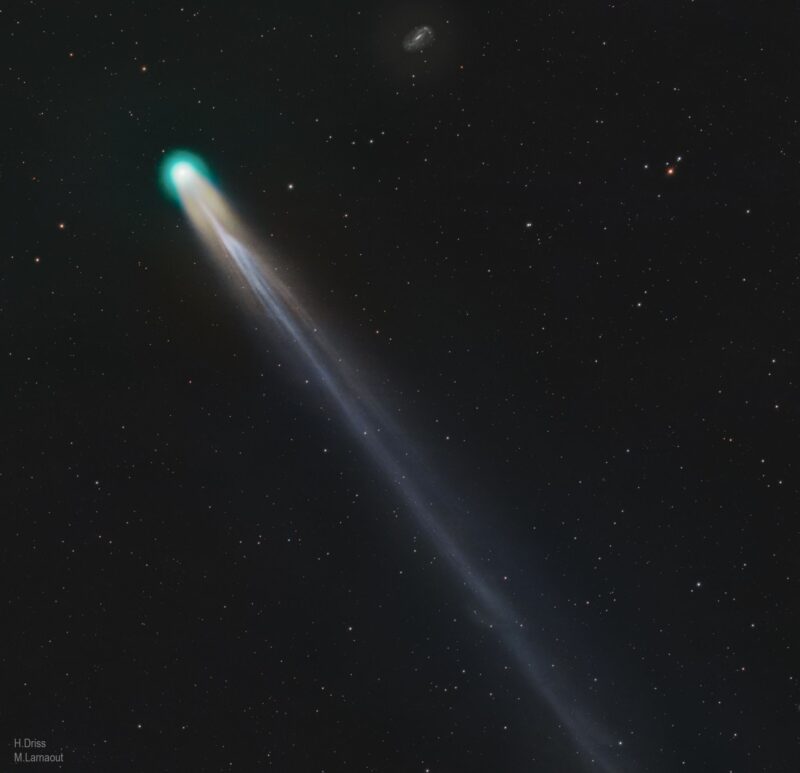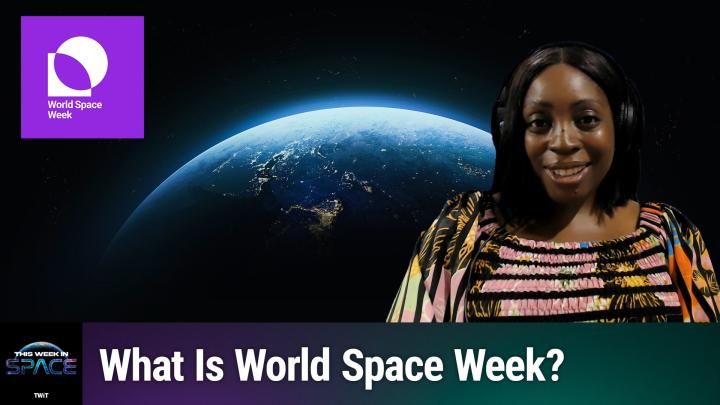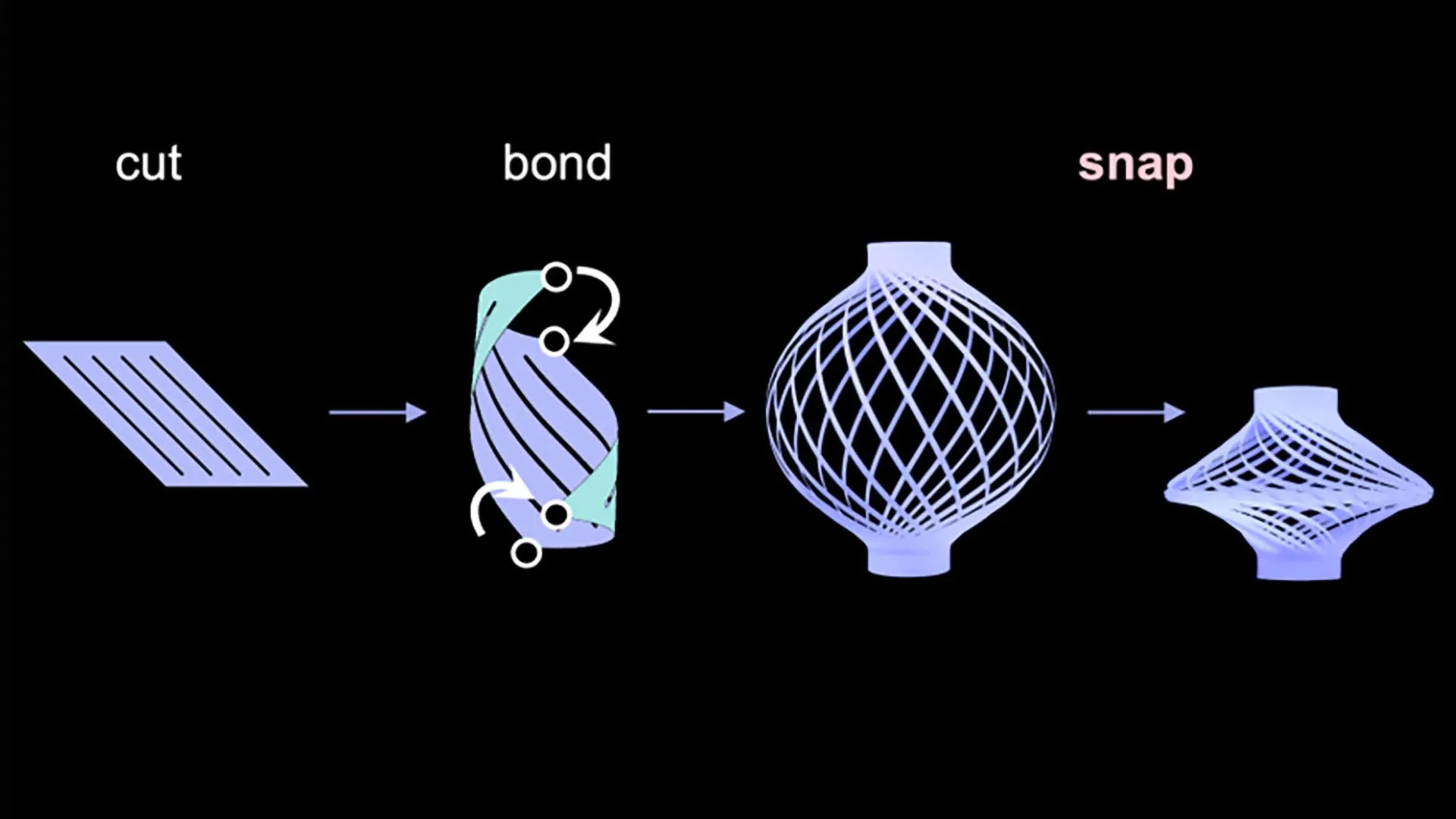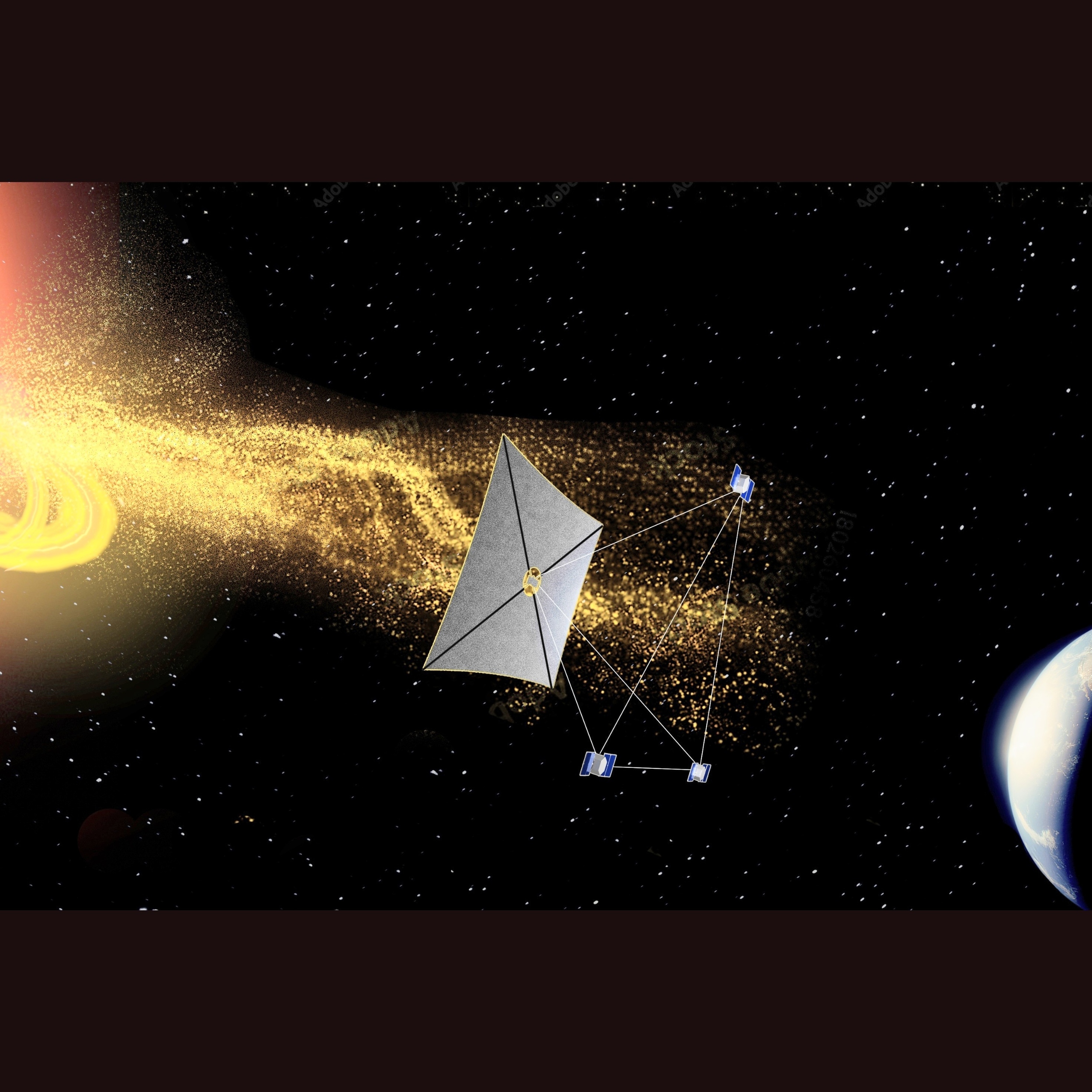Scientists have found that we may have been wrong about how the Moon’s largest crater, the South Pole-Aitken (SPA) basin, formed roughly 4.3 billion years ago.
As detailed in a new paper published in the journal Nature, the more than…

Scientists have found that we may have been wrong about how the Moon’s largest crater, the South Pole-Aitken (SPA) basin, formed roughly 4.3 billion years ago.
As detailed in a new paper published in the journal Nature, the more than…


Astronomers had long suspected that certain quasars—those brilliant, otherworldly light sources fueled by supermassive black holes—could harbor two black holes rather than one. That theory, long considered speculative, finally has been…

Carnegie Mellon University Associate Professor Sufei Shi has been selected by the Gordon and Betty Moore Foundation to join its 2025 cohort of Experimental Physics Investigators. The programme will award him $1.3 million over five…
This request seems a bit unusual, so we need to confirm that you’re human. Please press and hold the button until it turns completely green. Thank you for your cooperation!

Watch On
On Episode 181 of This Week In Space, Rod Pyle and Tariq Malik are joined by Alma Okpalefe, World Space Week Association’s executive director, to discuss…

Researchers have developed a polymer structure shaped like a “Chinese lantern” that can quickly change into more than a dozen curved, three-dimensional forms when it is compressed or twisted. This transformation can be triggered and controlled…

We’ve known for a time that massive solar eruptions can cause real problems on Earth. They mess with satellites, shut down power grids, and even knock farm equipment offline.
But now, researchers have found something new. There are also…

Researchers have developed a polymer structure shaped like a “Chinese lantern” that can quickly change into more than a dozen curved, three-dimensional forms when it is compressed or twisted. This transformation can be triggered and controlled…

Welcome back to the Abstract! These are the studies this week that lived long, played hard, crashed out, and topped it off with a glass of claret.
First off, it’s Naked Mole-Rat Week! Or at least it should be, given that there are…